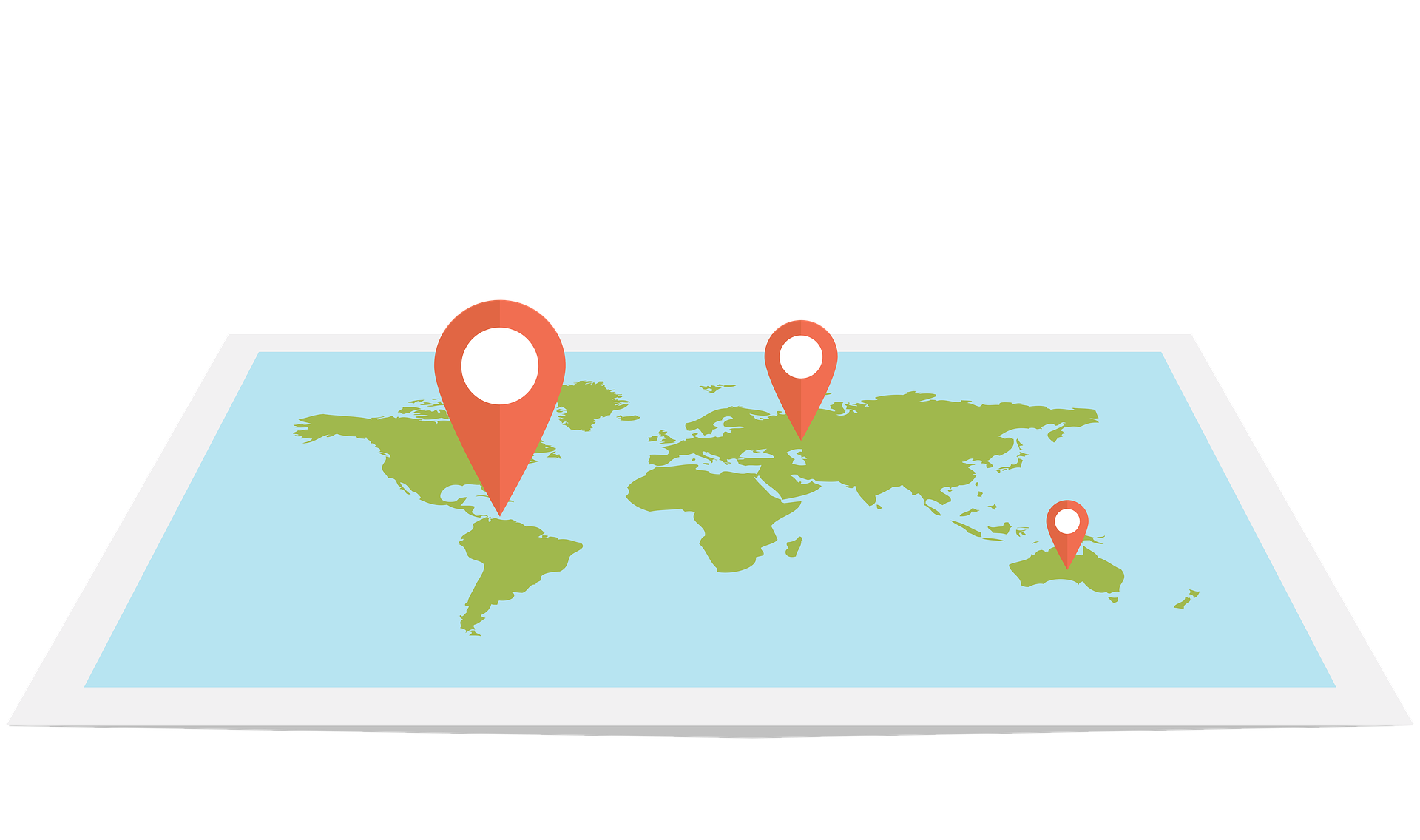How to Optimize School Bus Transportation Costs?
Schools around the country are now allowing children to attend physical courses. While authorities are rightfully attempting to enforce tight safety measures to reduce inadvertent transmission within the school facility, this is insufficient. They must give equal emphasis to protecting the safety of pupils on their way to and from school.
Many areas of student transportation operations are covered, such as bus routing, driver verification, onboarding, payroll administration, accounting and auditing, reporting, and so on. These are some of the day-to-day tasks of transportation administrators, in addition to monitoring fleet progress and responding to unanticipated events. This is in addition to ensuring that each vehicle in their fleet has regular maintenance and service.
The virus epidemic has increased the administrator’s workload. They are now also in charge of keeping student rosters updated with the results of daily temperature checks for each excursion. This is to allow for contact tracing in the event that a pupil tests positive. Furthermore, they must be aware of the red zones,’ which might appear unexpectedly. To guarantee maximum safety for everybody, they must also carry a supply of critical safety goods such as masks, sanitizer dispensers, and touchless garbage cans in each vehicle.
The post-pandemic right to follow safety standards has a direct influence on the management expenses faced by school administrators and transportation officials equally. This is at a time when the financial situation for student transportation is already hampered by delayed or stagnant revenue flows. As a result, A lack of fleet updates, dwindling service, and so on.
How can transportation officials approach the problem of lowering operating costs? The suspension of bus service until the epidemic has passed is not an option that officials can consider. Why? Because the school bus transports about one-third of the school’s children to and from school.
In light of this, school administrators and transportation authorities must collaborate in order to reduce money leakages caused by operational inefficiencies in student transportation operations.
This is where smart school bus fleet management systems like NeoTrack come into play.
Optimizing operational efficiency and cost-effectiveness with technology
NeoTrack automatically identifies, generates, and implements ideal bus routes using AI, machine learning, cloud computing, analytics, and proprietary algorithms. Optimal routes are described as the pathways that a school bus takes to convey the greatest number of children in the least period of time.
Using geofencing and GPS, the automatic program uses historical and real-time data to adjust for traffic conditions, roadwork, unforeseen obstructions, and/or new COVID-19 hotspots in or around the target neighborhood. The data-mined insights enable the system to automatically alter routes in real-time to avoid such eventualities, ensuring that kids are picked up and dropped off at their homes in a timely and safe way.
The automated solution can also allow transportation administrators to implement necessary sanitary controls and ensure strict adherence to safety rules. It may, for example, send out regular information not just on the central dashboard but also on mobile apps allowing parents and school administrators to monitor the cleanliness measures being implemented within the car. The technology, when combined with CCTV integration, enables administrators to document the onboard activities of their fleet. This visibility enables them to intervene in real-time if safety rules – such as mask-wearing, physical distance, and so on – are broken or a misdemeanor is discovered within the vehicle.
In conclusion
Technology can assist school districts and transportation administrators in lowering transportation and fuel expenses by increasing the efficiency of fleet operations, vehicle usage, and trip duration. The technological intervention may also help schools to save money on administrative costs because owing to automation, they no longer need to hire many transport managers.
In an increasingly fiscally concerning context, technologies like NeoTrack hold the key to unlocking improved bottom lines for schools while also assisting in the delivery of greater social, environmental, and educational advantages for all. Technology, when combined with human inventiveness, may help pave the way for a safer, brighter, and healthier future for our children and their children.
The post How to Optimize School Bus Transportation Costs? first appeared on NeoTrack.
The post How to Optimize School Bus Transportation Costs? appeared first on NeoTrack.


